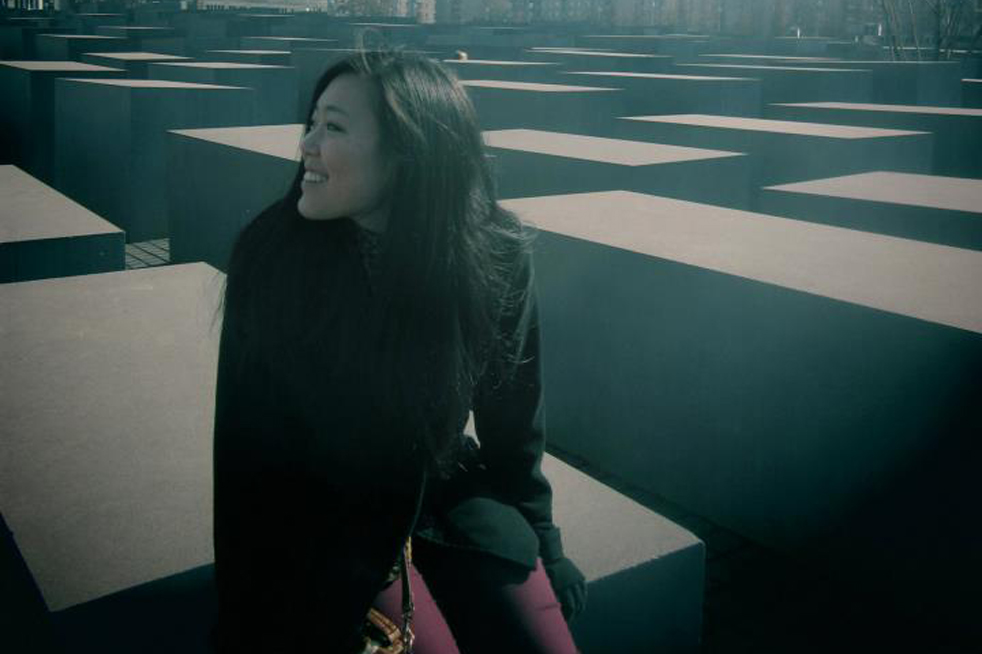“Proceed to the highlighted route, then follow the road for three miles.”
“Can we turn off the sound?” My friend asked. “I just watched a movie about this guy who fell in love with his operating system—it was really creepy. I’ve had enough of listening to computers talk for awhile.”
Being a CM major, I’m programmed to get irrationally excited whenever a technology-heavy movie hits theaters, so I was surprised I hadn’t heard of the film before. However, despite the lack of public anticipation surrounding Her, at least in my social circles, my curiosity was nonetheless piqued, and I prodded my friend for more info about it.
After he told me a little more about the movie, I was under the impression that Her was a contrived social commentary about the fact that technology makes people lazy, and that perhaps in the future, people would enjoy manufactured interactions, as opposed to real-life social interactions.
When I finally had some downtime this weekend, I decided to watch the film, and it was not social commentary at all. Rather, it was a soft-spoken tale depicting loneliness, connection and happiness. In my opinion, the film actually had a sad beauty about it, not because of the technology in the movie, but because of the people.
However, even though the purpose of the movie was not to make some overarching commentary, the film was able to successfully depict a world in which this kind of superior AI existed without making the AI seem out of place.
In fact, the technology of the future, as depicted in this movie, seemed almost a natural progression. The technology is used for work, checking e-mails and for things such as automatically dimming or turning on lights. In short, technology used in this movie is to help the user be more productive and are in line with the vision of a productivity future.
These types of films that are set in the future can be classified as design fictions, a mix of design and science fiction that shows what technology might look like in the future.
For example, in 2002, Minority Report gave large audiences a context in which they could imagine how gestural and multi-touch interfaces could be used and integrated into technology. In 1993, a series of “You Will” ads by AT&T envisioned a multitude future technologies and their functions and created ads in which these technologies were integrated into daily life.
The power of design fictions stems from the ability to allow a designer to think of all the aspects of a certain technology that need to be implemented in order for it to be fully embedded into society. Movies such as Her and Minority Report, which incorporate realistic fictional technologies in them, allow product and interface designers to be inspired those working, seemingly real technologies to create something both useful, usable and desirable in modern day society.
